Create Bold Chevron Patterns That Transform Any Room (Even with Zero Art Skills)
Difficulty: Novice
Time: 4-6 hours for a basic accent wall
Cost: $30-75 depending on paint quality and wall size
Why You'll Like This (Quick Intro)
If you're tired of cookie-cutter accent walls, it's time to embrace one of 2025's most exciting design comebacks. While many people still obsess over curved archways and predictable color blocks, chevron patterns are quietly dominating. Data shows chevron patterns experiencing a 4% increase in usage across fashion and home textiles, with 35% of interior designers now prioritizing chevron flooring in their 2025 projects.
This angular V-shaped pattern bridges the gap between classic sophistication and contemporary edge. As maximalism celebrates abundance with rich colors and patterns, and geometric interior design continues pushing boundaries, chevron gives DIYers an easy entry into bold geometry. It scales with your skills. Start simple, build from there.
What You'll Need
Materials
High-quality interior paint (2 contrasting colors, 1 quart each for 8x10 wall)
Painter's tape (1.5-2 inch width, 3 rolls minimum)
Primer (if changing from dark to light colors)
Tools
Tape measure (25-foot minimum)
4-foot level
Pencil for marking
Paint rollers (2 medium-nap rollers)
2-inch angled brush for touch-ups
Drop cloths
Calculator or smartphone
Safety First
Use low-VOC paint and ensure good ventilation
Wear safety glasses when measuring and marking
Keep work area well-lit to avoid measurement errors
Test paint colors on sample boards before committing
Why chevron patterns work so well in modern homes
Chevron creates visual movement that guides your eye around a room, which makes spaces feel more dynamic than flat, single-color walls. The pattern's directional flow can make narrow rooms feel wider when applied horizontally, or add the illusion of height when oriented vertically.
It also fits right into the moment. Bold saturated colors are returning as the biggest interior trend for 2025, and chevron's structure shows off vibrant hues without overwhelming the space. The pattern pairs beautifully with sustainable materials like bamboo and recycled wood, a win for decorators who care about both style and footprint.
Modern applications keep it fresh. Broken chevron tiles featuring irregular V-shapes are trending for feature walls and flooring, which aligns with the demand for artisanal decor elements.
Steps
Calculate your chevron dimensions by measuring wall height and dividing by the number of chevron rows you want. Four to six rows work well for 8-10 foot ceilings. Mark the center of the wall horizontally.
Tip: For balanced proportions, make chevron stripes 8-12 inches wide, 20-30 cm.
Mark your first chevron point at the wall center, then mark additional points at each stripe width across the wall. Use your level to draw vertical reference lines.
Create chevron angles by connecting every other vertical mark to form 45-degree angles. Start at the center and work outward for symmetry.
Tip: Use a protractor app to verify 45-degree angles if you are unsure.
Apply painter's tape along all chevron lines. Press firmly with a credit card edge to seal. Trim excess tape past the wall edges.
If tape lifts: Press down again with the credit card technique.
Paint alternating chevron sections with your first color using a roller. Roll from the tape edge inward to prevent bleeding. Allow 4-6 hours of drying time.
Remove tape while paint is slightly tacky about 45-60 minutes after painting. Pull at a 45-degree angle for clean lines.
If paint bleeds: Touch up right away with a fine angled brush.
Apply the second color to the remaining sections using the same tape and paint method. Let the wall cure for 24 hours before hanging artwork.
Why it works: Alternating V-shaped angles create optical movement that makes walls look larger and more dynamic than many other geometric patterns.
Cleanup & Disposal
Store leftover paint in the original containers with tight lids for touch-ups, paint typically keeps 2-3 years. Clean brushes and rollers with soap and water for latex paint. Toss painter's tape in regular trash, and check local guidelines for paint disposal, many areas have household hazardous waste programs for partial cans.
Creative applications beyond walls
Accent walls grab attention, but chevron sings when it shows up in unexpected places. Chevron-inspired upholstery and throws are popular in maximalist and Art Deco interiors. Start small with throw pillows, $15-30 each, or an area rug, $50-200 depending on size, to test the look.
Flooring offers the biggest drama. Chevron dominates 2025 interior trends through geometric flooring, especially in luxury parquet. For DIYers, try peel-and-stick vinyl planks arranged in chevron patterns, a weekend project at about $3-5 per square foot.
Textiles keep things flexible for renters or anyone who likes to experiment. Geometric patterns on textiles and rugs can refresh a room quickly, and layering different chevron scales adds depth. Pair a large floor rug with 6-8 inch chevrons and smaller accents at 2-3 inches, and keep the colors in the same family.
Prefer a quiet take? Choose small decorative elements. Geometric artwork, mirrors, and sculptures provide simple ways to add trending patterns and help you test color combos and scale before committing to a big project.
Troubleshooting
Problem: Paint bleeding under tape → Fix: Remove tape immediately, let dry completely, then re-tape and touch up with angled brush
Problem: Uneven chevron angles → Fix: Use a digital level app and re-measure from the center point outward
Problem: Colors look too bold together → Fix: Add white or cream chevrons between bold colors to create visual breathing room
Color strategies that actually work
Color makes or breaks this pattern. Color trends for geometric design in 2025 include monochrome magic, bold jewel tones, and metallic highlights, and each approach brings a different mood.
Monochromatic approaches add polish without overwhelming smaller spaces. Try navy with light blue, or charcoal with soft gray. Great for bedrooms where you want interest without sleep disruption.
Bold jewel tone combinations lean into the maximalist trend celebrating abundance with rich colors and patterns. Consider emerald with gold, or deep purple with copper accents. The chevron's structure keeps rich hues from feeling chaotic.
Budget-conscious tip: Multiple colors can be successfully combined by mixing muted and bold shades. Start with one neutral base color, white, cream, or light gray, then pull one or two accent colors from decor you already own.
Consider the psychology too. Patterns can make rooms feel cozy and intimate or open and energetic depending on contrast. High contrast chevrons like black and white energize home offices, while low contrast versions like cream and beige calm living rooms.
Making it work with your existing style
Chevron adapts to a wide range of aesthetics. Geometric design pairs well with minimalist, mid-century modern, boho, and industrial interior styles, so you can plug it into what you already have.
For minimalist spaces: Use chevron sparingly in neutral tones to keep things clean and uncluttered. Try subtle tone on tone, or limit it to a single accent wall.
In mid-century modern interiors: Chevron naturally complements angular furniture and architectural lines. The pattern's structured nature echoes the clean lines and mathematical precision that define this style. Reach for era-friendly colors like mustard yellow, teal, or burnt orange.
For bohemian interiors: Layer chevron with other patterns and textures. Layering different patterns and materials adds depth and suits boho's eclectic energy. Mix it with florals, paisleys, or tribal motifs while keeping a consistent color thread.
In industrial spaces: Use chevron's precision as a counterpoint to raw materials and utilitarian elements. It adds intention without losing grit.
Variations & Upgrades
Beginner-friendly: Start with two neutral colors and straight horizontal chevrons
Renter option: Use removable wallpaper with chevron patterns instead of paint
Advanced technique: Create 3D effects by adding subtle gradient shading within each chevron section
Kid-safe version: Use washable paint and limit chevrons to lower wall sections under chair rail height
FAQ
Can I create chevron patterns on textured walls? Yes, but use high-quality painter's tape and press extra firmly. Consider using thick-nap rollers for better paint coverage in texture grooves.
How do I handle electrical outlets in my chevron design? Plan your pattern so outlets fall within single chevron sections rather than on transition lines. Remove outlet covers before taping and painting, then reinstall after paint fully cures.
Will this damage my walls when I want to change it? High-quality paint creates durable finishes that can be painted over easily. If using removable wallpaper, follow manufacturer's instructions for damage-free removal.
Where this trend will take your decor next
As we move through 2025, chevron patterns are part of a larger shift toward geometric interiors that can be both modern and timeless while allowing for personal expression. The pattern's mathematical foundation gives it staying power, and its flexibility makes it easy to adapt as your taste changes.
The geometric trend will continue evolving with new materials, technologies, and design philosophies. Chevron's core appeal, its ability to create movement, define space, and add visual interest, keeps it relevant. As interior spaces focus increasingly on personalization, functionality, and sustainability, chevron becomes a straightforward way to express your style and still meet practical needs.
The DIY-friendly nature fits the desire for personalized, handcrafted decor. Creating geometric patterns involves repetition and precision, skills that sharpen with practice and lead to more sophisticated results over time.
Start with a single accent wall or a textile. Build from there as your confidence grows. The pattern's modular setup means you can modify, refresh, or expand your chevron story as trends evolve, giving you a foundation that grows with your skills and taste.



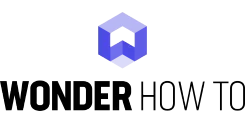
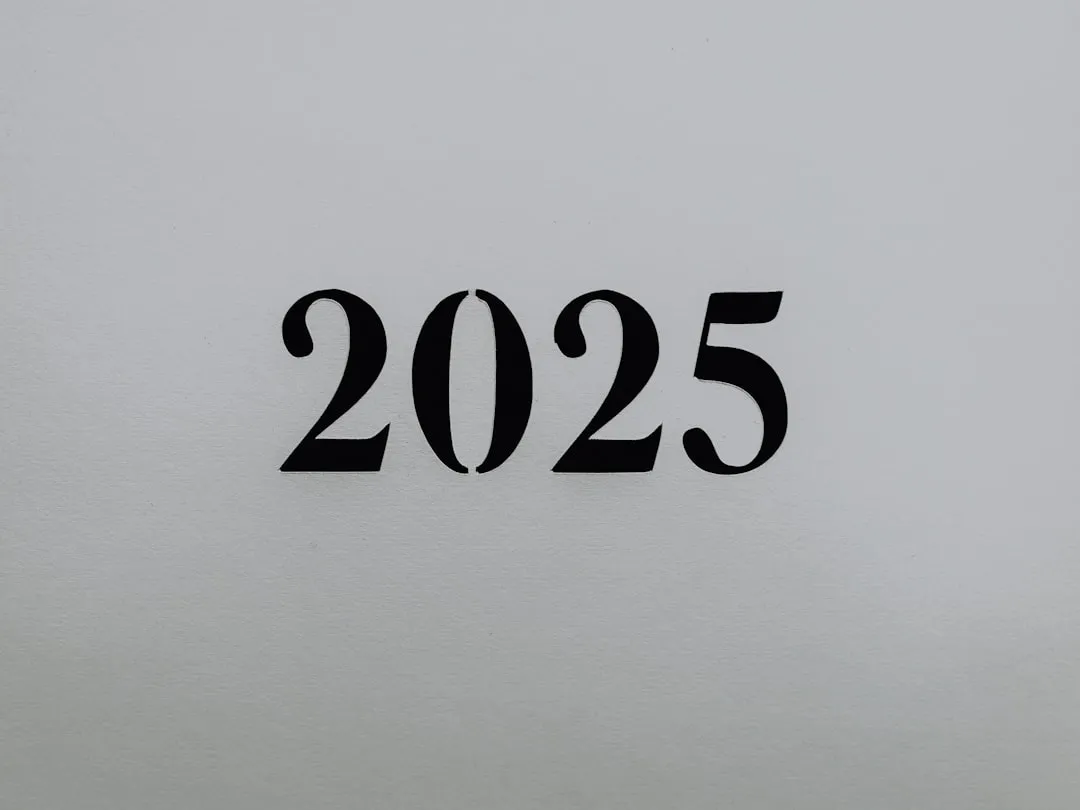
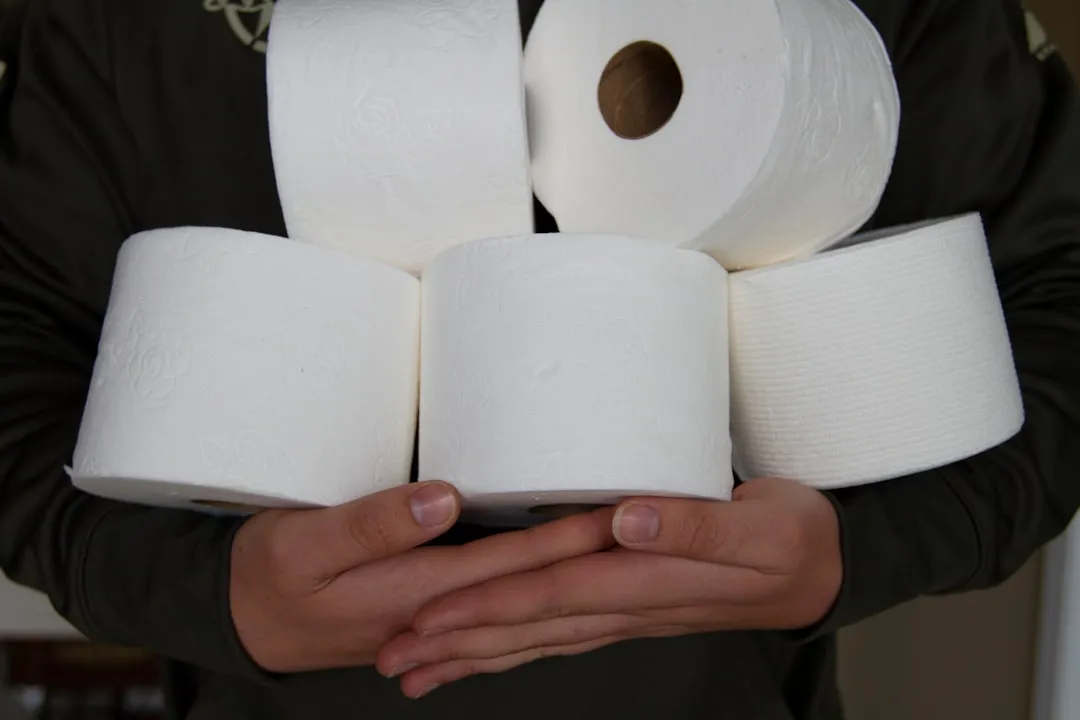
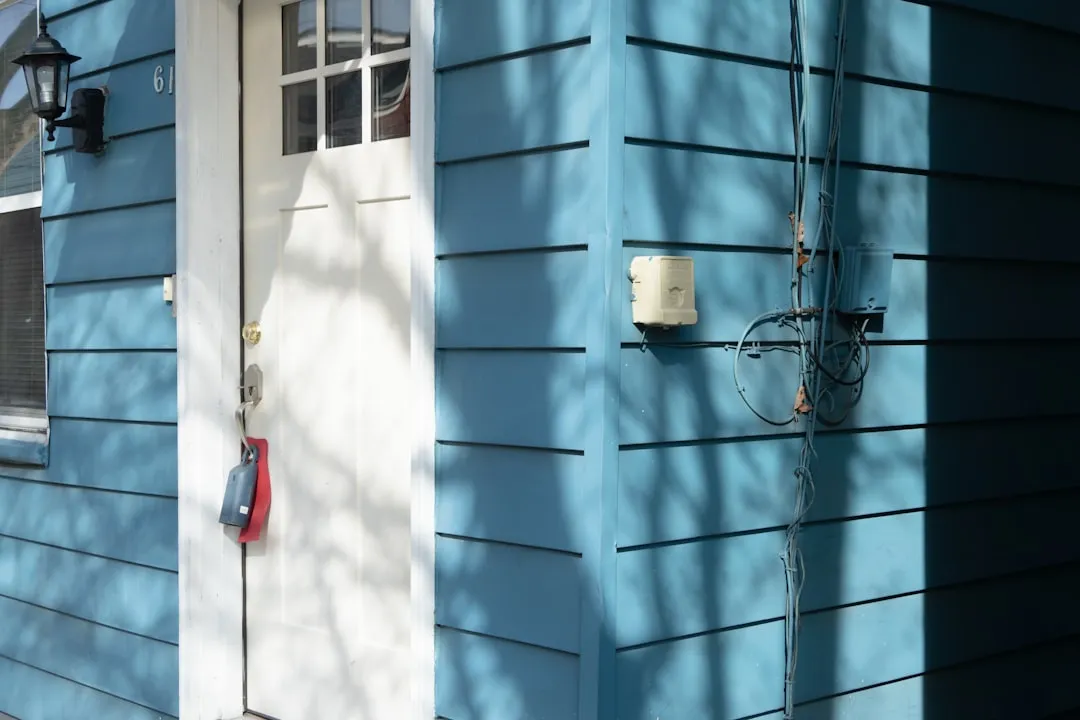
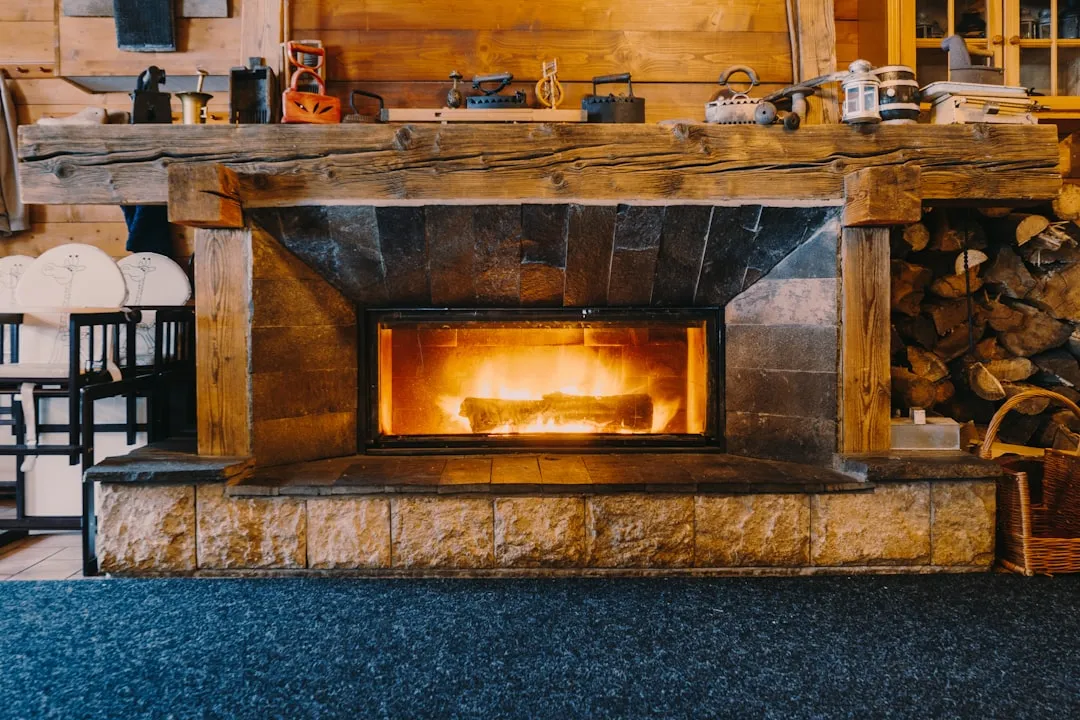
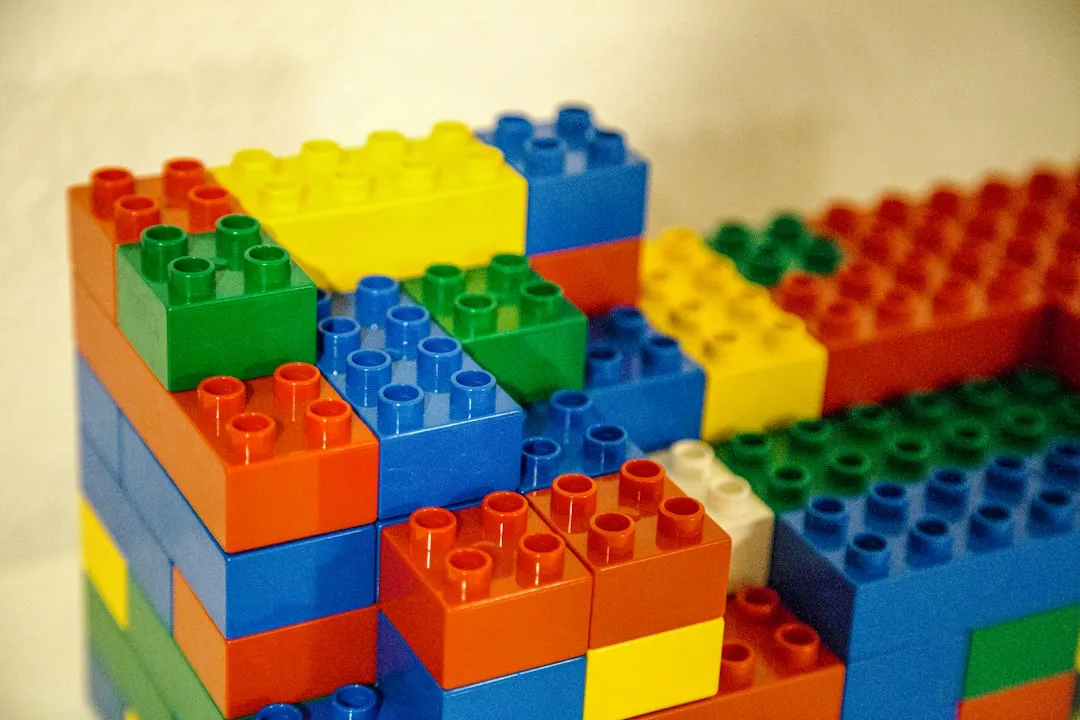
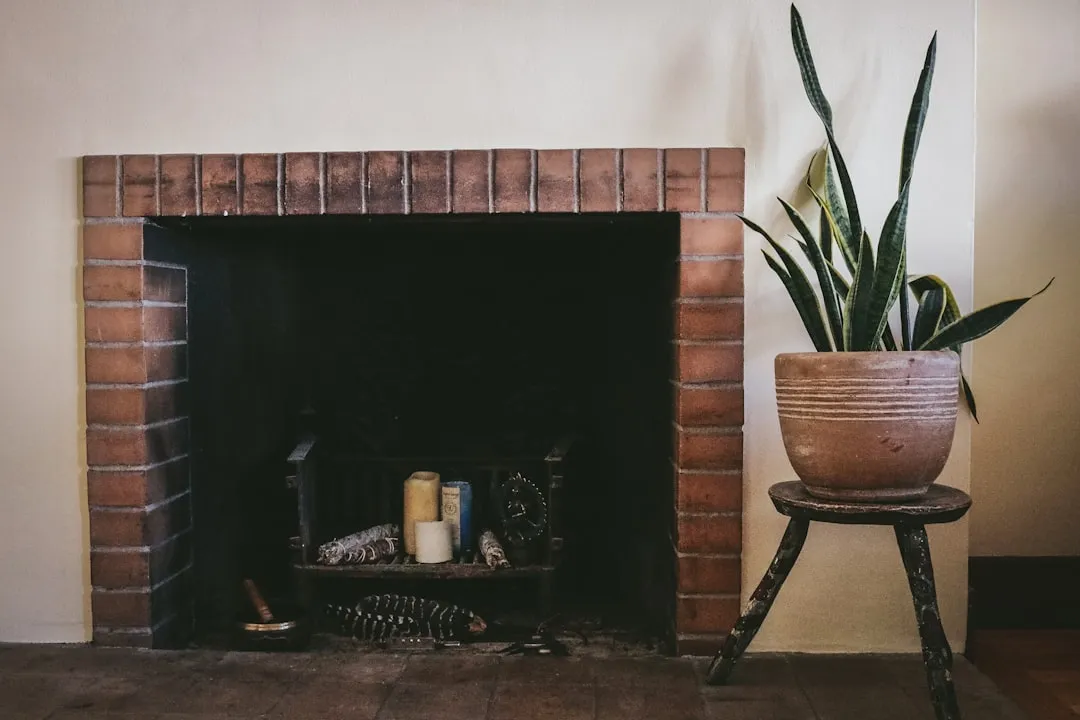
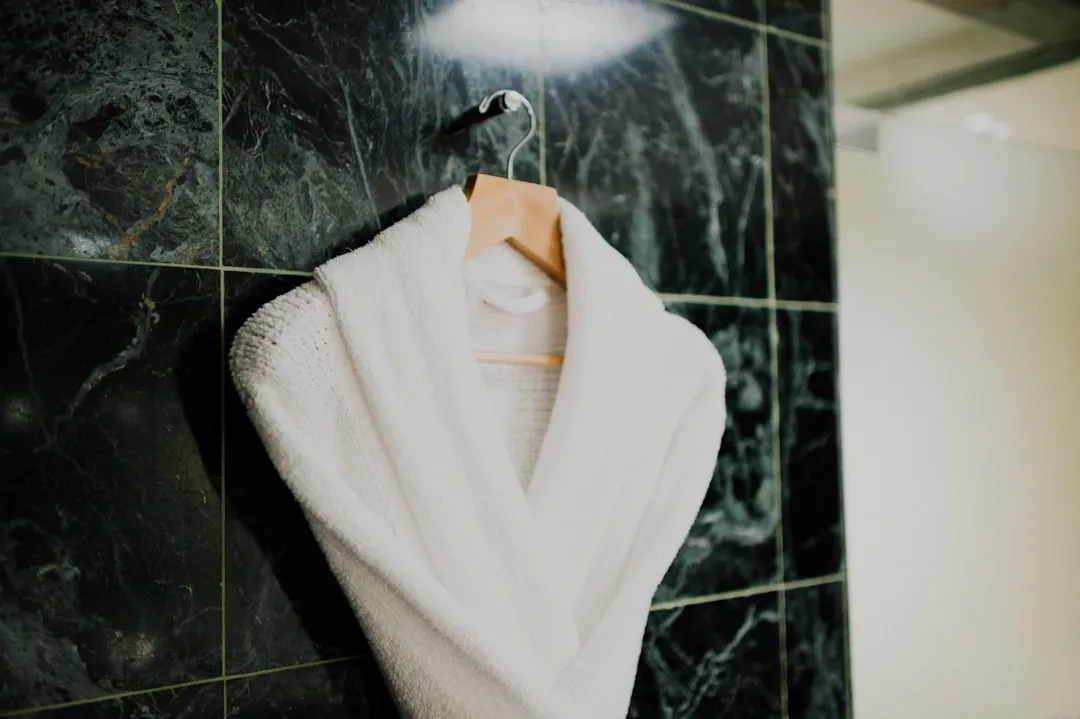

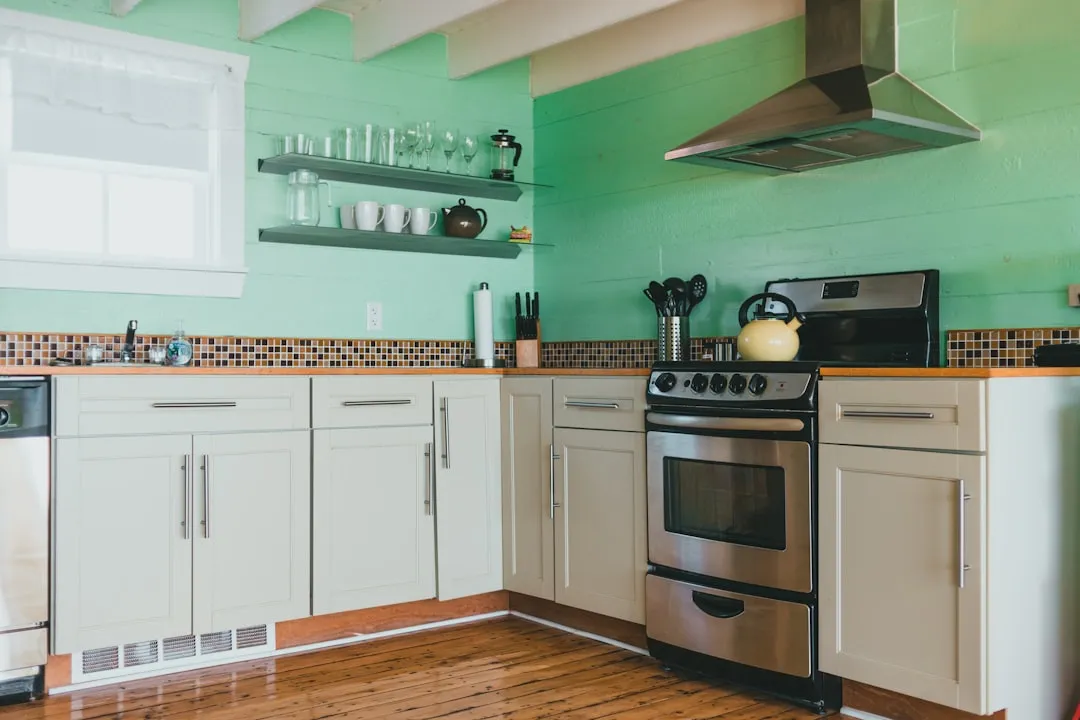

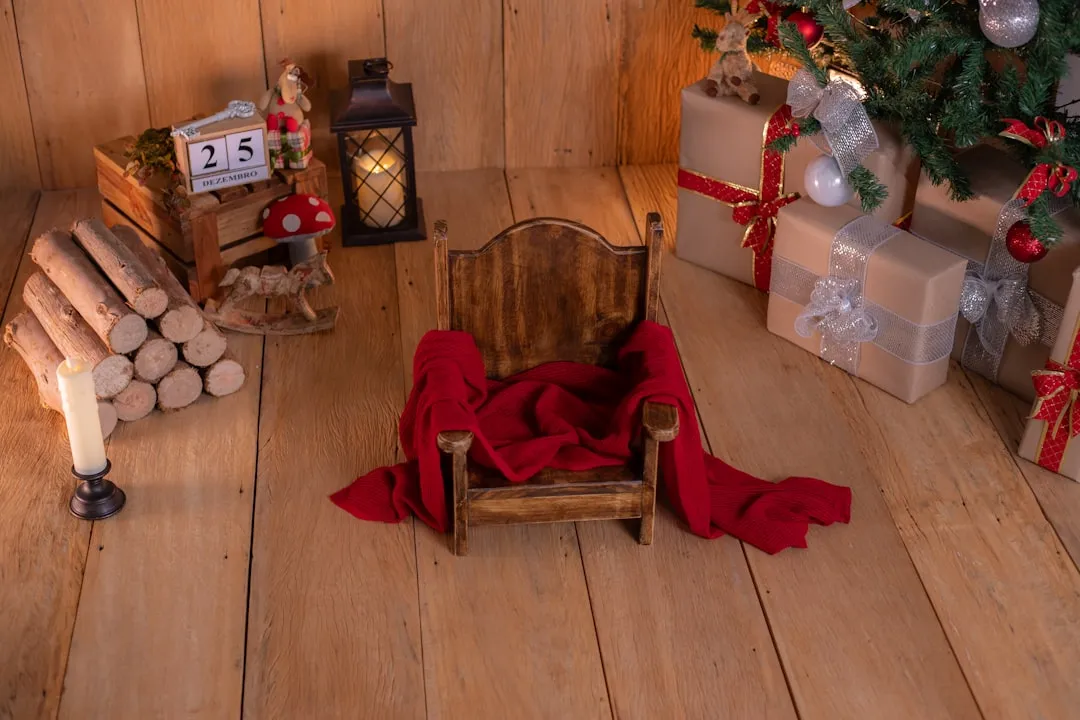
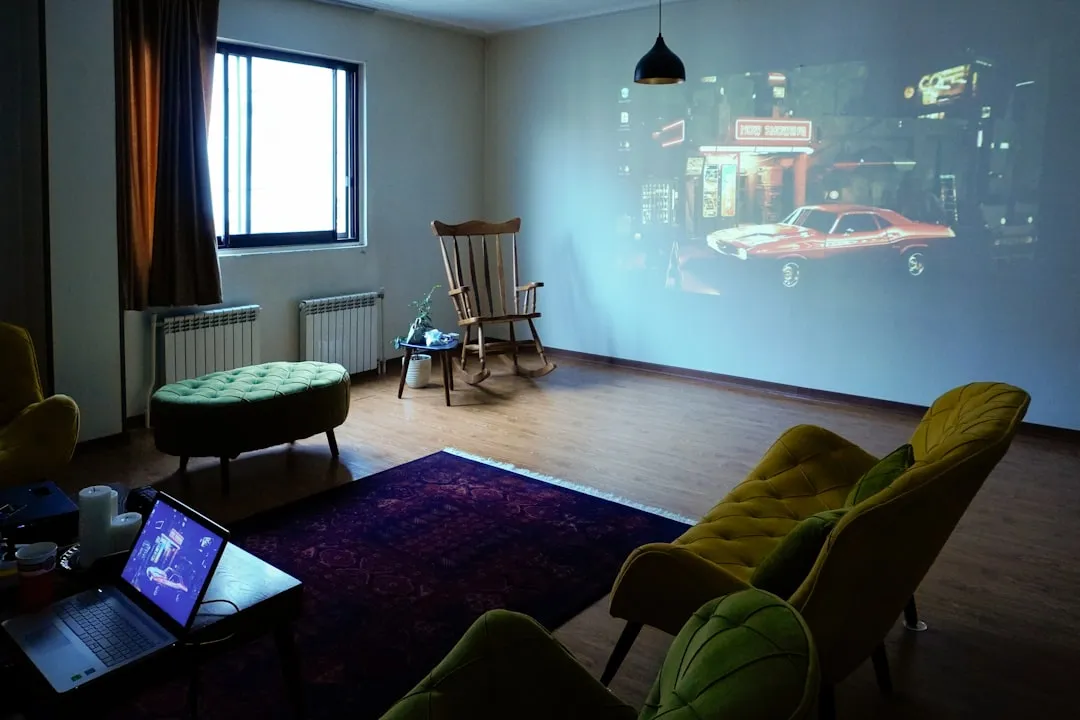
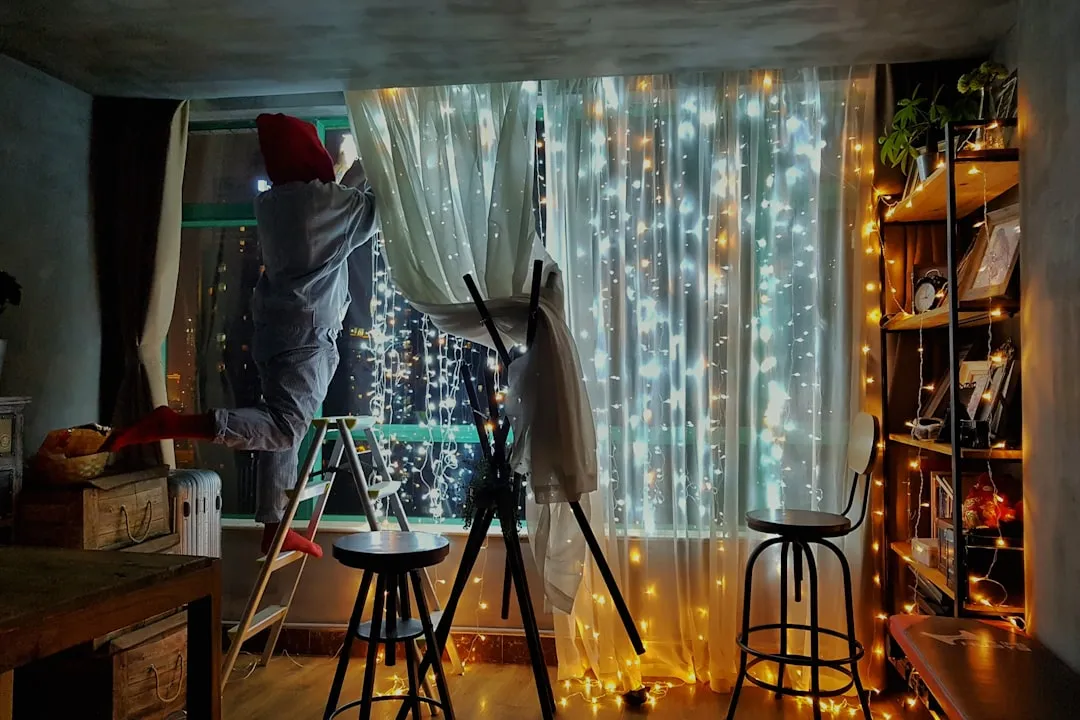
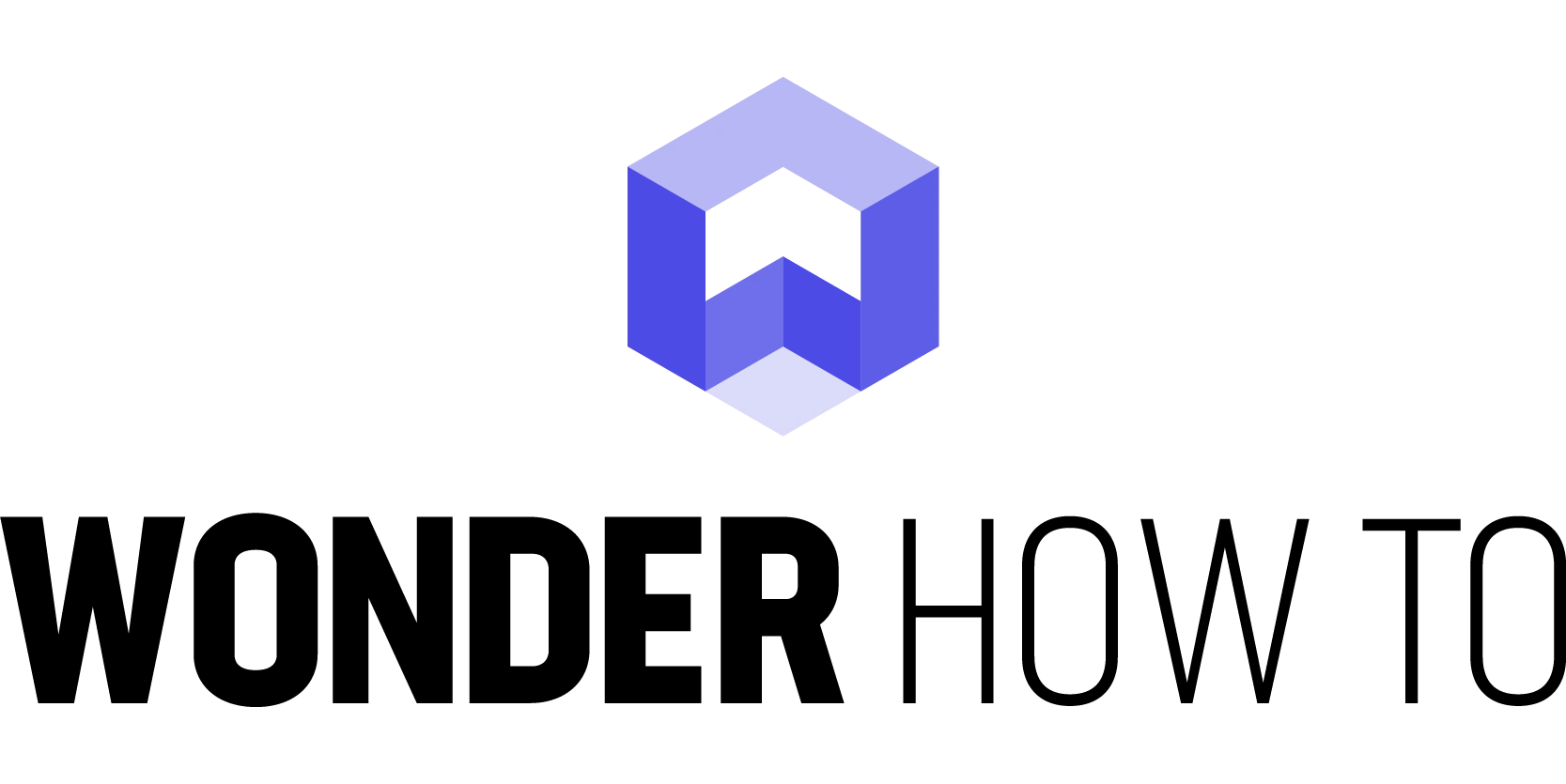
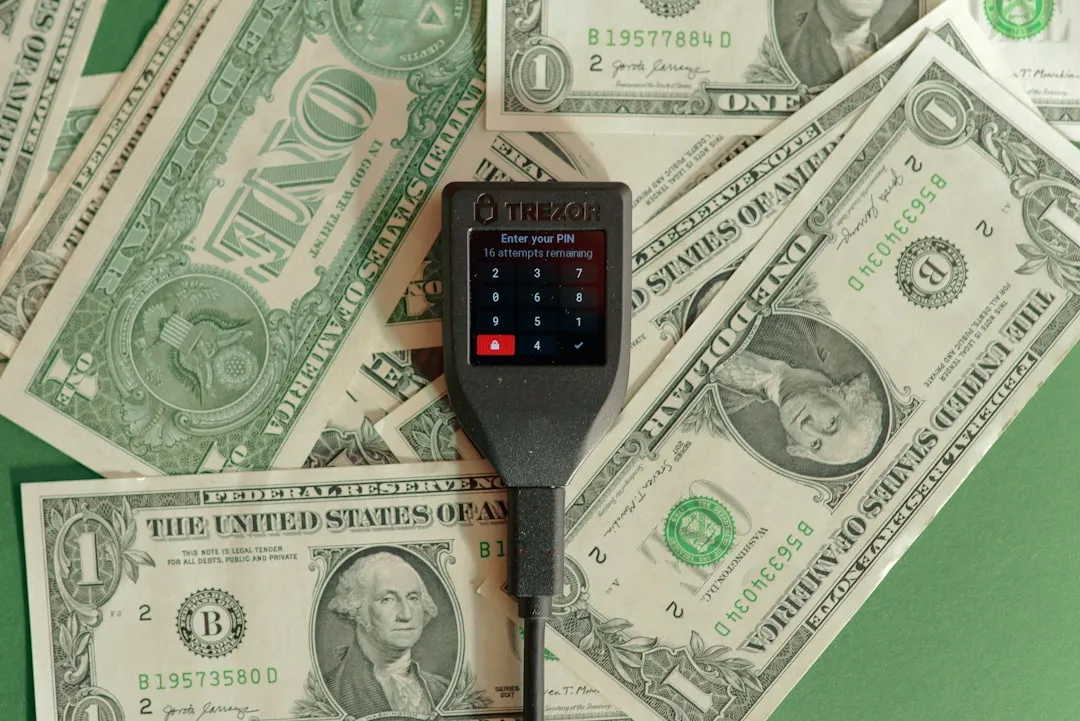
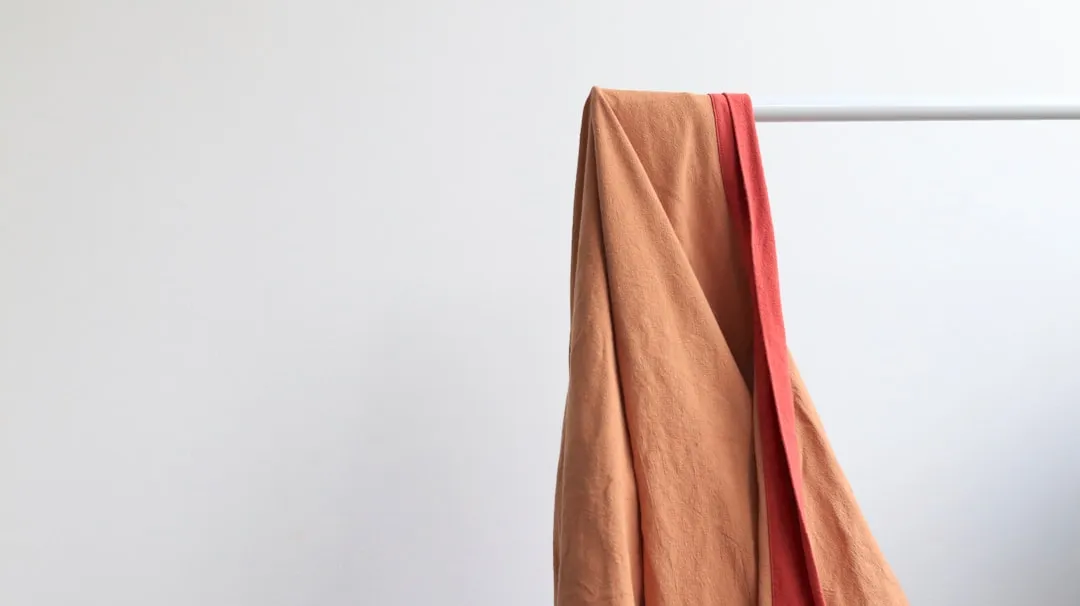
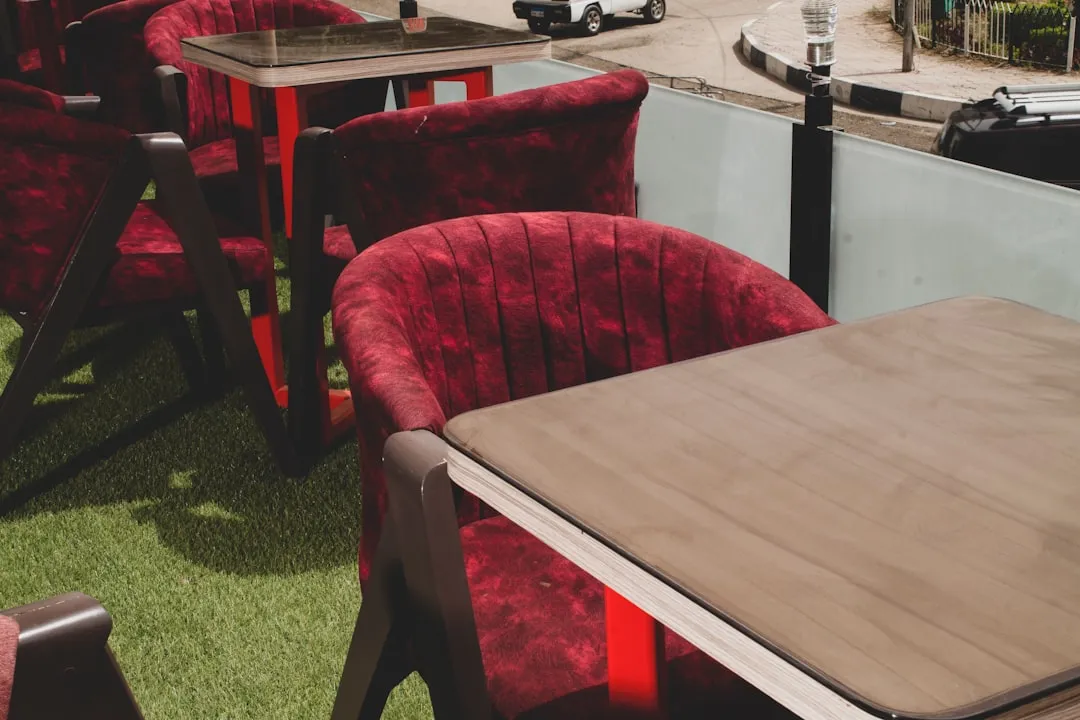
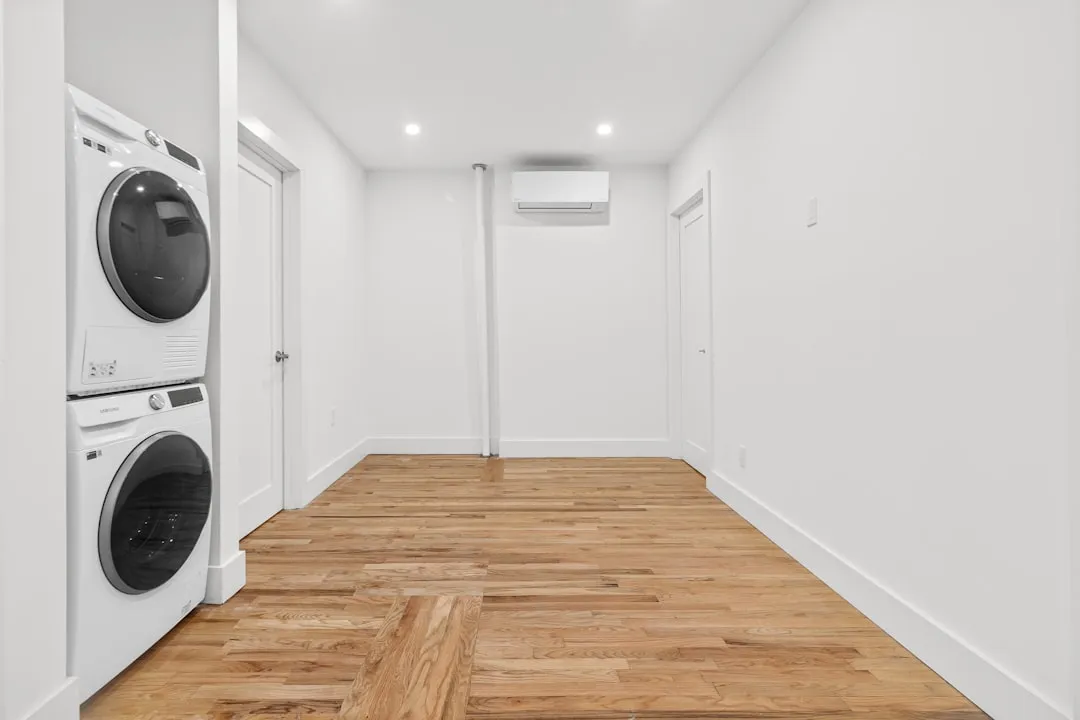
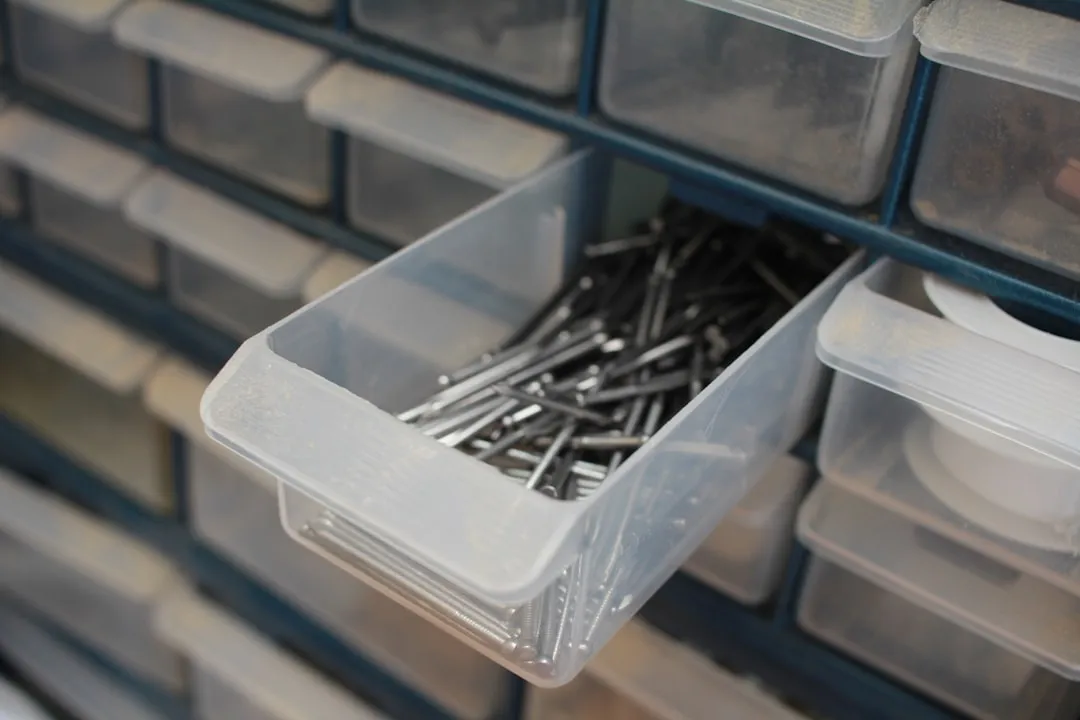
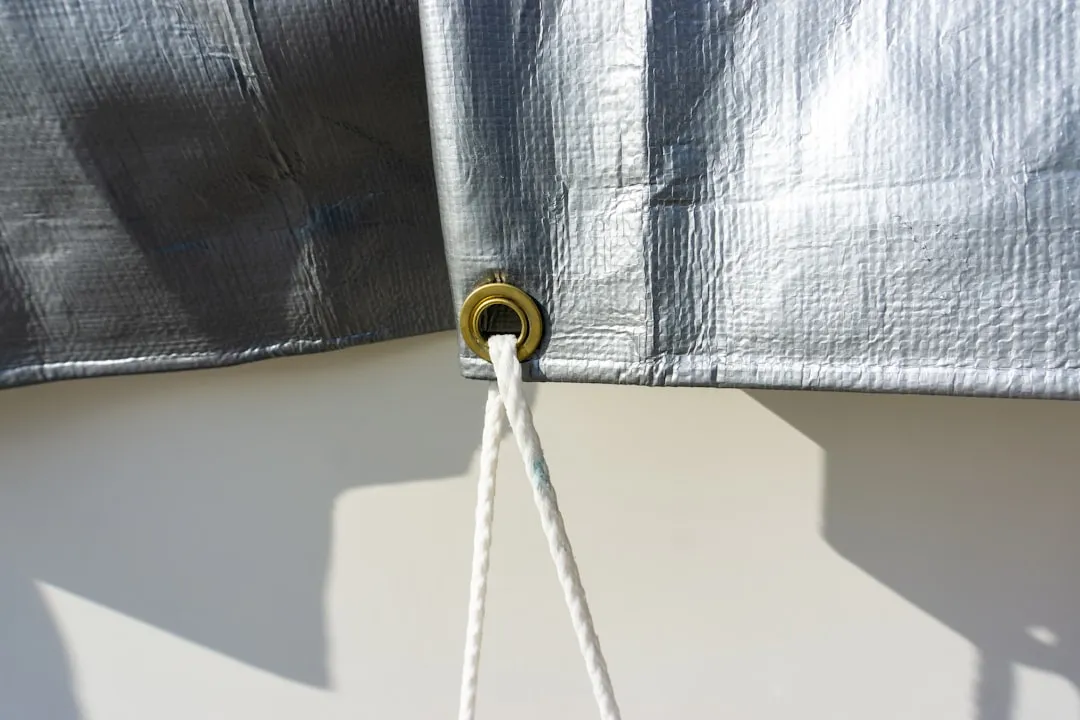
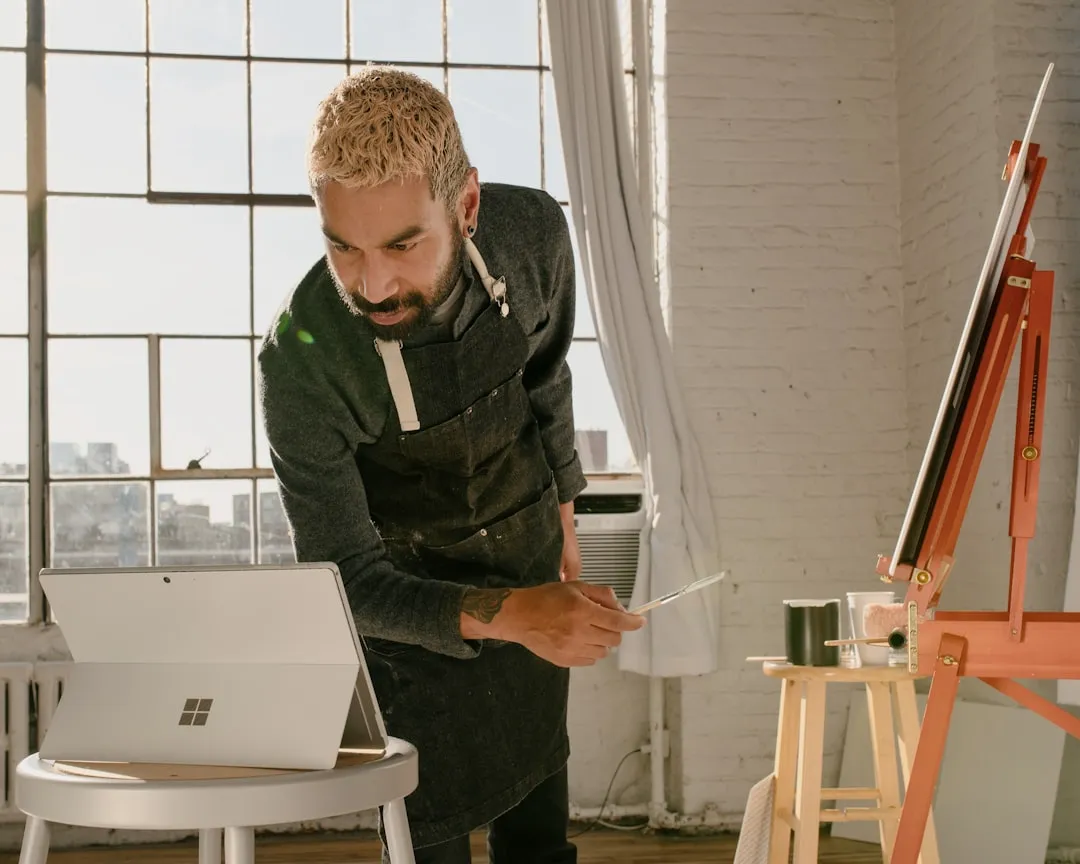
Comments
Be the first, drop a comment!